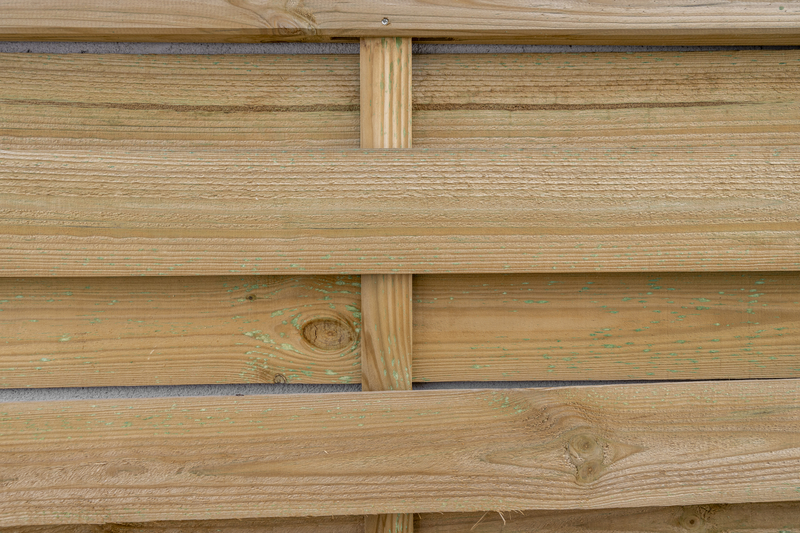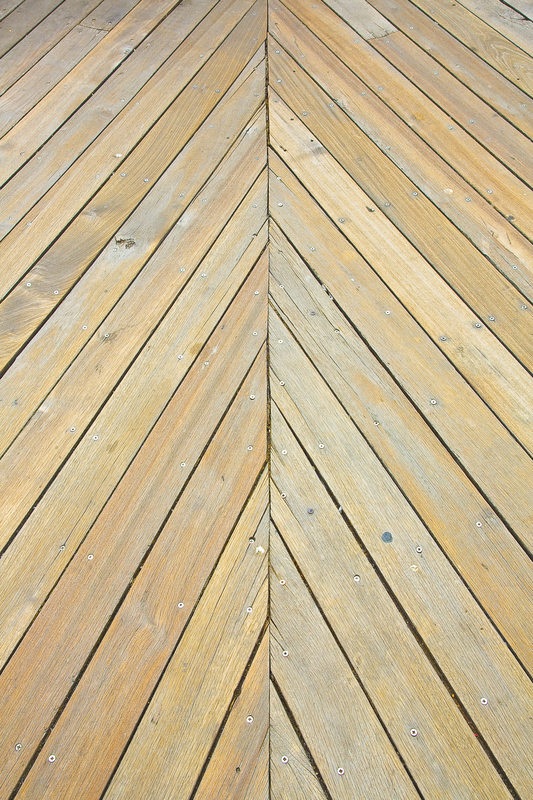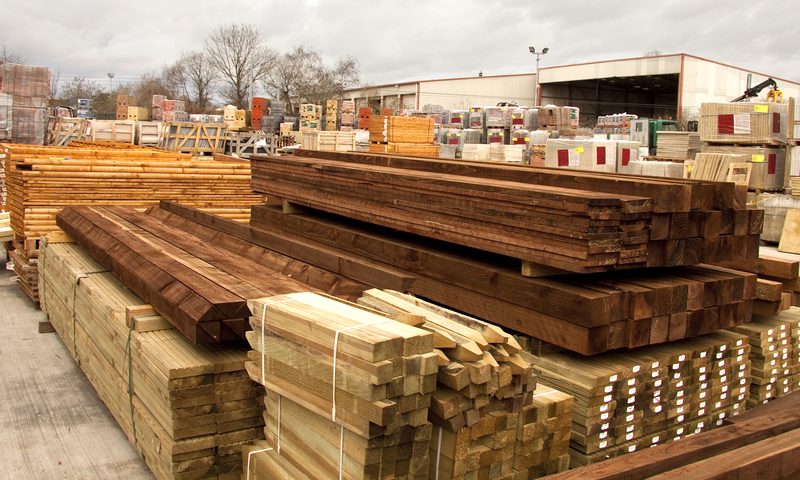When embarking on an outdoor project, selecting the right timber for outdoor use is crucial for ensuring longevity, aesthetics, and environmental sustainability. Whether you’re building a deck, crafting garden furniture, or constructing a fence, the type of wood you choose can significantly impact the success of your project.

Factors to Consider When Choosing Timber for Outdoor Use
Before diving into specific wood types, it’s essential to understand the key factors that influence the performance of timber for outdoor use
- Durability: The ability to withstand environmental stressors such as moisture, UV radiation, and temperature fluctuations.
- Resistance to weather and pests: How well the timber fends off decay, fungi, and insect infestations.
- Maintenance requirements: The level of care needed to preserve the wood’s appearance and structural integrity.
- Aesthetic appeal: The natural beauty and character of the timber that enhances your outdoor space.
Types of Timber for Outdoor Use
Hardwoods
Hardwoods are renowned for their density, strength, and natural resistance to decay. They are often the go-to choice for high-end outdoor projects.
- Teak: Prized for its high oil content, teak is exceptionally durable outdoor wood. It resists rot, fungi, and pests without chemical treatments. While expensive, its golden-brown hue and minimal maintenance make it ideal for outdoor furniture and decking.
- Ipe: This Brazilian hardwood boasts impressive density and natural oils that contribute to its longevity. Ipe is one of the best outdoor timber options for decking and boardwalks, though its hardness can make it challenging to work with.
- Oak: Known for its strength and distinctive grain, oak offers good weather resistance when properly sealed. It’s suitable for sturdy outdoor structures but requires regular maintenance to prevent splitting or warping.
Softwoods
Softwoods, derived from coniferous trees, are generally more affordable and easier to work with than hardwoods.
- Cedar: With its natural oils and pleasant aroma, cedar is naturally resistant to decay and insects. It’s lightweight, making it easy to handle for projects like fencing, sheds, and outdoor furniture.
- Redwood: Similar to cedar, redwood contains tannins that provide natural protection against decay. Its rich colour and straight grain make it attractive for decks and outdoor living spaces.
- Pine: When pressure-treated, pine becomes a cost-effective option for outdoor use. It’s widely available and suitable for structural applications like framing and posts.
Pressure-Treated Timber
Pressure-treated timber involves infusing wood (often pine or fir) with chemical preservatives under high pressure. This process enhances the wood’s resistance to rot, fungi, and insects, significantly extending its lifespan. While effective, it’s important to choose eco-friendly treatments and handle the wood with care due to the chemicals used.
Composite Timber Alternatives
Composite timbers are engineered products made from a mixture of wood fibres and recycled plastics. They offer several advantages:
– High durability with minimal maintenance
– Resistance to splitting, warping, and fading
– Available in various colours and finishes
However, they may lack the natural warmth and character of real wood and can be more expensive initially. When comparing hardwood vs. softwood for outdoor projects, composites often bridge the gap by offering the best of both worlds in terms of performance.
Sustainability and Environmental Impact
In today’s eco-conscious world, choosing sustainable timber for outdoor use is increasingly important. Look for wood certified by organisations, these certifications ensure that the timber comes from responsibly managed forests, supporting biodiversity and fair labour practices.
Comparative Analysis of Different Timbers
To help you make an informed decision, let’s compare the key aspects of various timber for outdoor use options:
- Durability and Longevity:
– Hardwoods (Teak, Ipe) > Pressure-Treated Softwoods > Untreated Softwoods
– Composite timbers rival hardwoods in this aspect.
- Cost:
– Untreated Softwoods < Pressure-Treated Softwoods < Hardwoods
– Composite timbers have a higher upfront cost but lower long-term expenses due to reduced maintenance.
- Maintenance:
– Hardwoods and composite timbers require the least maintenance.
– Softwoods need regular treatments (staining, sealing) to maintain their appearance and durability.
Choosing the right timber for outdoor use involves balancing durability, aesthetics, budget, and environmental considerations. For high-end, long-lasting projects where budget allows, hardwoods like teak or ipe are excellent choices. Pressure-treated timber offers a more affordable option with good durability, suitable for structural elements. Cedar and redwood provide natural beauty and moderate durability for mid-range projects.
Composite timbers shine in low-maintenance, high-traffic areas, while also being a sustainable choice. Ultimately, the best outdoor timber for your project depends on your specific requirements and values. By considering the factors outlined in this guide and perhaps combining different materials strategically, you can create stunning, durable, and eco-friendly outdoor spaces that stand the test of time.
Remember, whichever timber you choose, proper design, construction, and maintenance are key to maximizing its lifespan and beauty. Consult with local suppliers and professionals to ensure you’re selecting the best materials for your climate and intended use. With the right choice, your outdoor project will not only enhance your living space but also provide lasting enjoyment for years to come.

Choose Linnell Bros today!
Discover the versatility of PAR timber at Linnell Bros, your trusted source for high-quality wood products. Our Planed All Round (PAR) timber is precision-milled for smooth surfaces and consistent dimensions, making it ideal for a wide range of indoor and outdoor projects. Whether you’re crafting furniture, building shelves, or adding architectural details, PAR timber offers the perfect blend of functionality and aesthetics. Don’t settle for less when it comes to your woodworking needs. Visit Linnell Bros today to explore our extensive selection of PAR timber and let our knowledgeable team guide you toward the right choice for your project. Contact us now for expert advice and competitive pricing!


